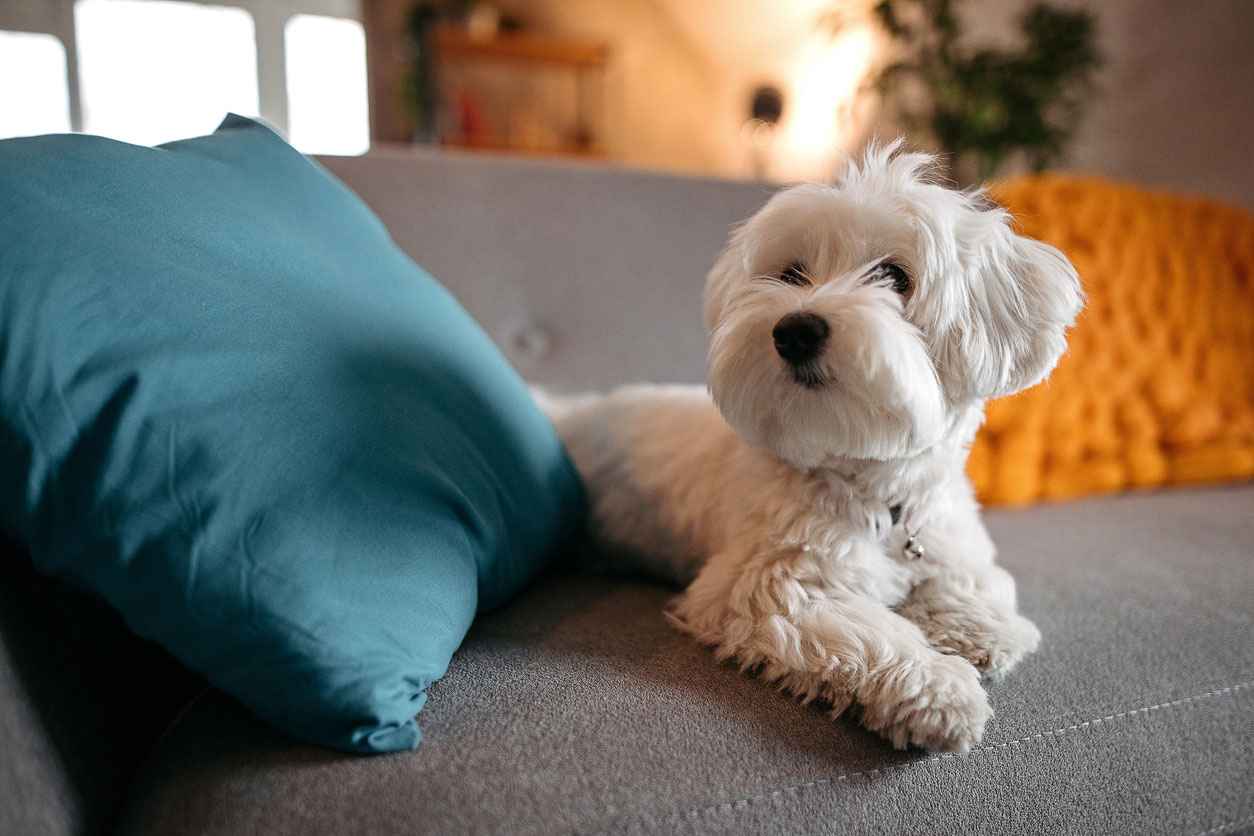From hanging greenery to potted succulents, many homeowners use indoor plants as home décor to infuse natural, calming pops of color. According to a recent NASA study, this decorating choice also boasts significant wellness benefits. Their research found that houseplants can remove harmful air toxins, ultimately achieving a healthier environment.
But before you rush out for fresh floral bouquets or invest in a garden tower, it’s important to understand that some plants may mean illness or death for pets. Approximately 10% of calls to the ASPCA Animal Poison Control Center in 2021 were related to indoor and outdoor plant ingestion.
Common poisonous varieties include amaryllis, aloe, azalea, baby’s breath, daffodil, gladiola, ivy, lily, milkweed, sago palm, tomato plant, and tulip, among others.
To brighten up your home and yard with pet-friendly plants for cats and dogs and keep your beloved animals purr-fectly safe, consider the plants and tips below.
Pet-Friendly Indoor Plants
Spruce up your home’s design with these ten popular pet-safe indoor plants.
1. American Rubber Plant
With more than 1,000 species, the American Rubber Plant grows well in high-humid, tropical environments. Its dark green leaves are peppered with lighter shades of green and yellow, and it occasionally shows off small white flower buds. Though its texture looks a tad rubbery, it’s not quite like your pup’s favorite rubber chew toy.
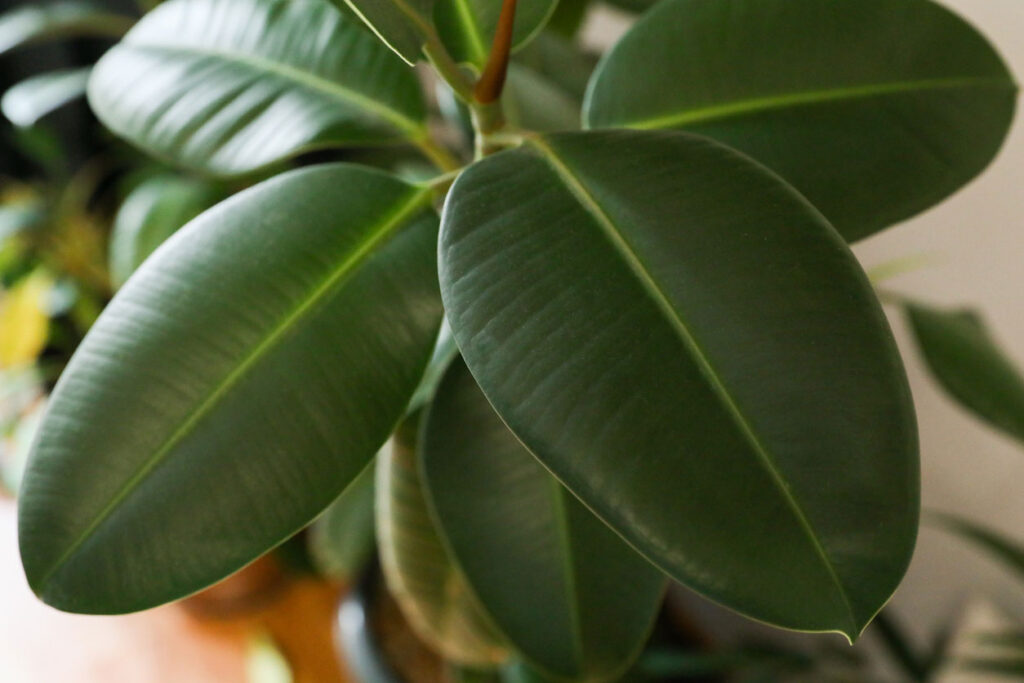
2. African Violet
Dog lovers may favor large or small breeds and, similarly, budding horticulturalists may prefer certain plant sizes. The African Violet is perfect for someone looking for a smaller green friend. It’s a petite plant with roughly 20 species and thousands of hybrids that feature fuzzy leaves and bunches of white, blue, or purple flowers.
This non-toxic plant is a bit fussy when it comes to light, soil nutrients, and water. But if you survived puppy training, you can also conquer nurturing this plant.
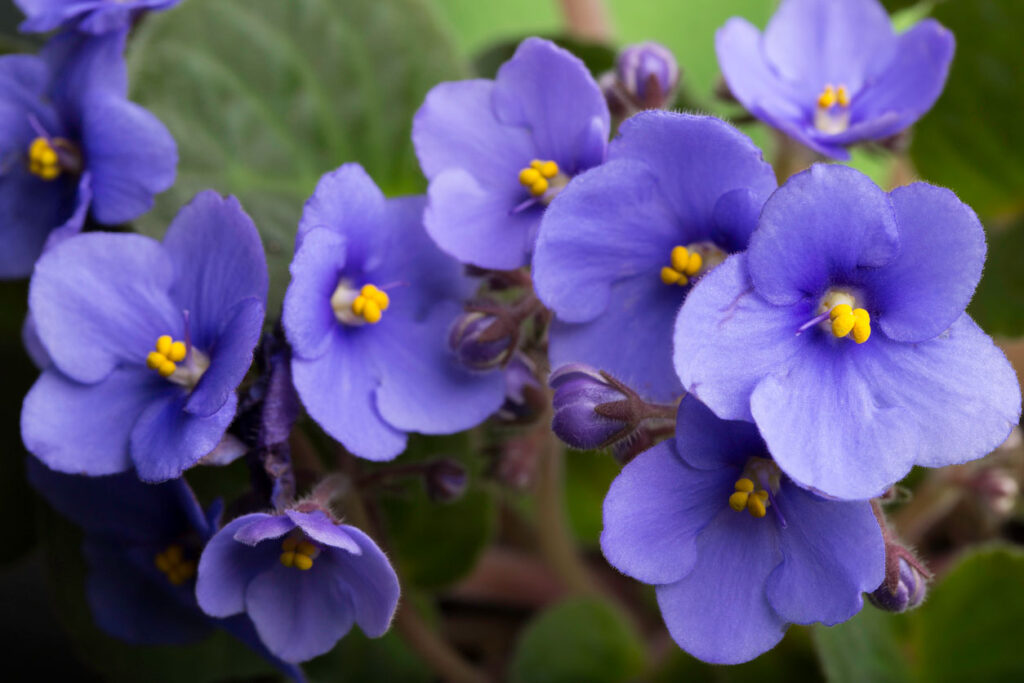
3. Boston Fern
Also called the Sword Fern, its sword-shaped fronds curve as they grow, with the ability to reach upwards of three feet. Frisky felines might be inclined to swat at its long leaves, but timid tomcats and dogs of all temperaments won’t fight with this plant selection.
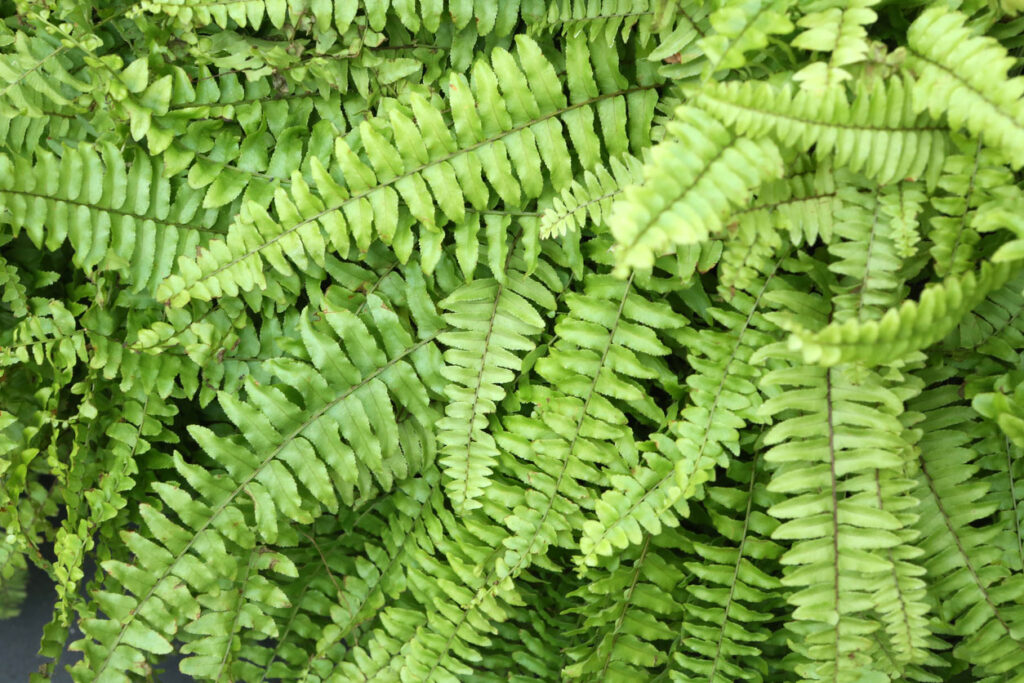
4. Cast Iron Plant
As its name eludes, this low-maintenance plant can thrive in varying, unpredictable conditions. If you always remember to give your cat or dog water but forget to water the houseplants, this is one of the best low-light pet-friendly plants you could decorate with!
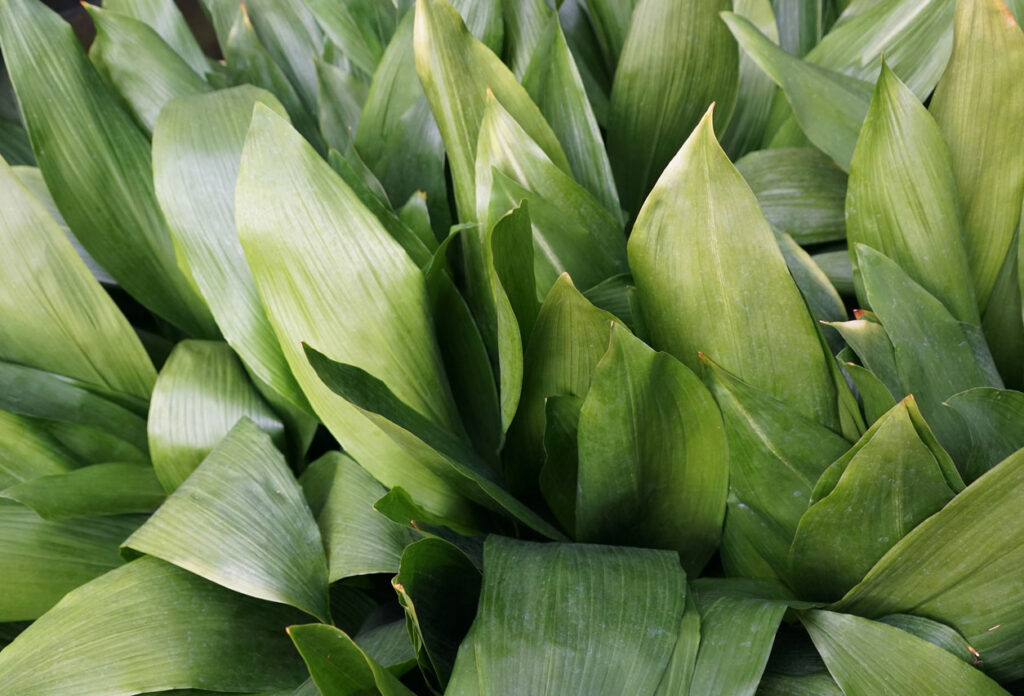
5. Christmas Cactus
This winter-blooming houseplant gifts homeowners colorful, tubular flowers in shades of pink or purple. The Christmas Cactus requires frequent watering but needs only limited sunlight (unlike other cacti that require extensive light exposure).
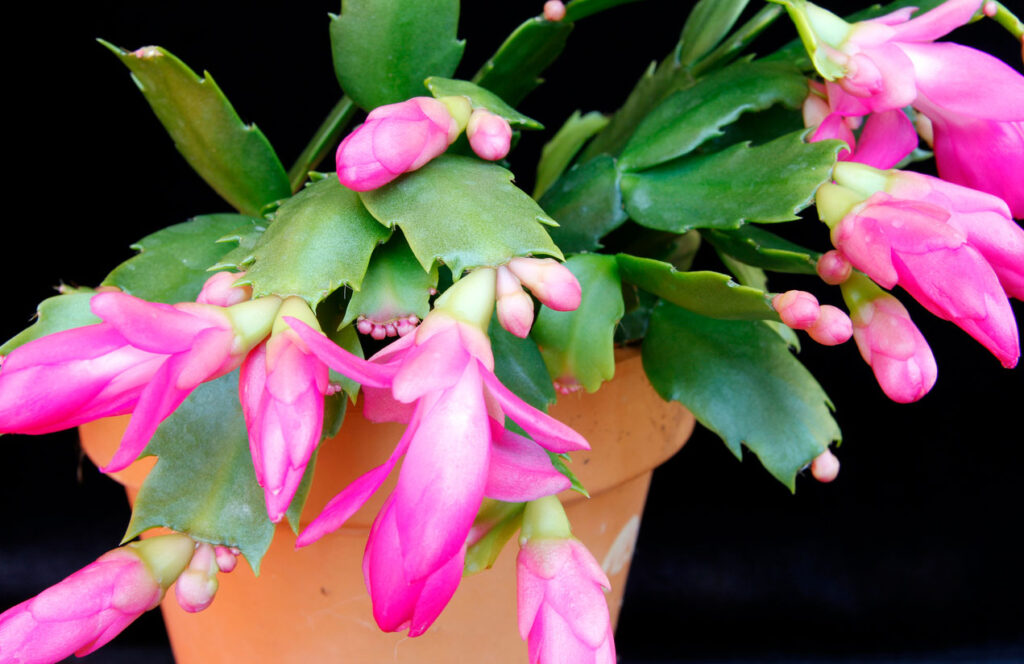
6. Donkeys’ Tail
While you may think your pet’s furry tail is the cutest, the Donkey’s Tail slides into second place and is a charming extension of any home succulent collection. This plant presents a delicate dose of blue-green color, and although it flourishes better outdoors, you can grow it successfully indoors.
Some other succulent varieties, like the Blue Echeveria, are also safe for house pets; however, pet owners should steer clear of toxic succulents, such as Jade plants and the Pencil Cactus.
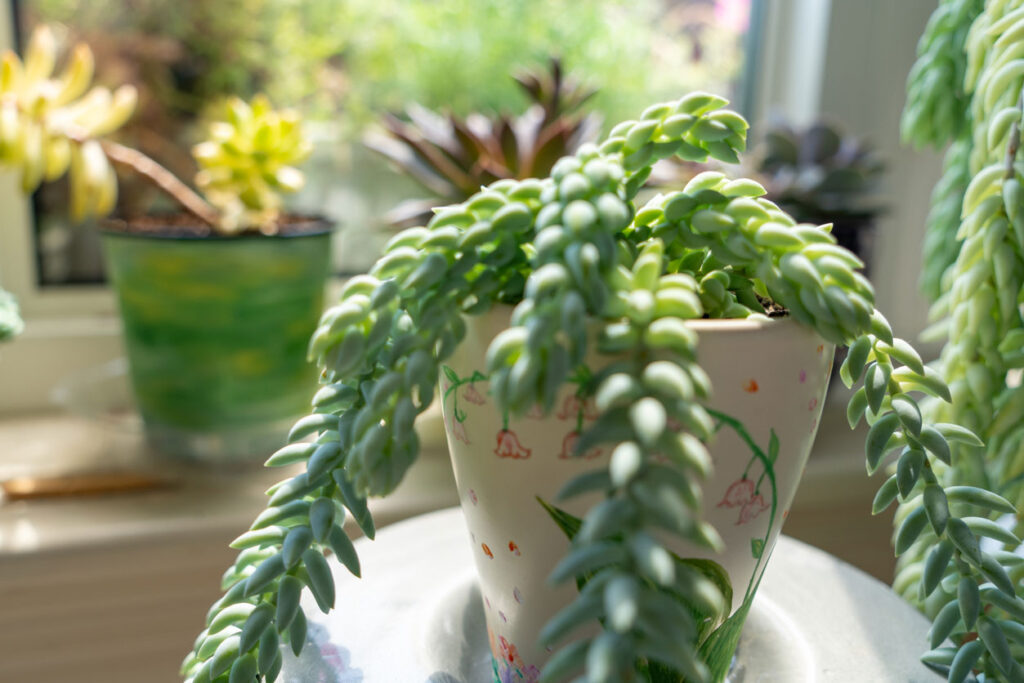
7. Gerbera Daisy
When grown indoors, these large flowers can bloom any time of year and last for a rewarding four to six weeks. Gerbera Daisy petals will stun any house guest with bright shades of yellow, white, pink, lavender, red, and orange. If planted in your outdoor garden, appreciate the Gerbera Daisy in the early light while on your morning leash-led walk.
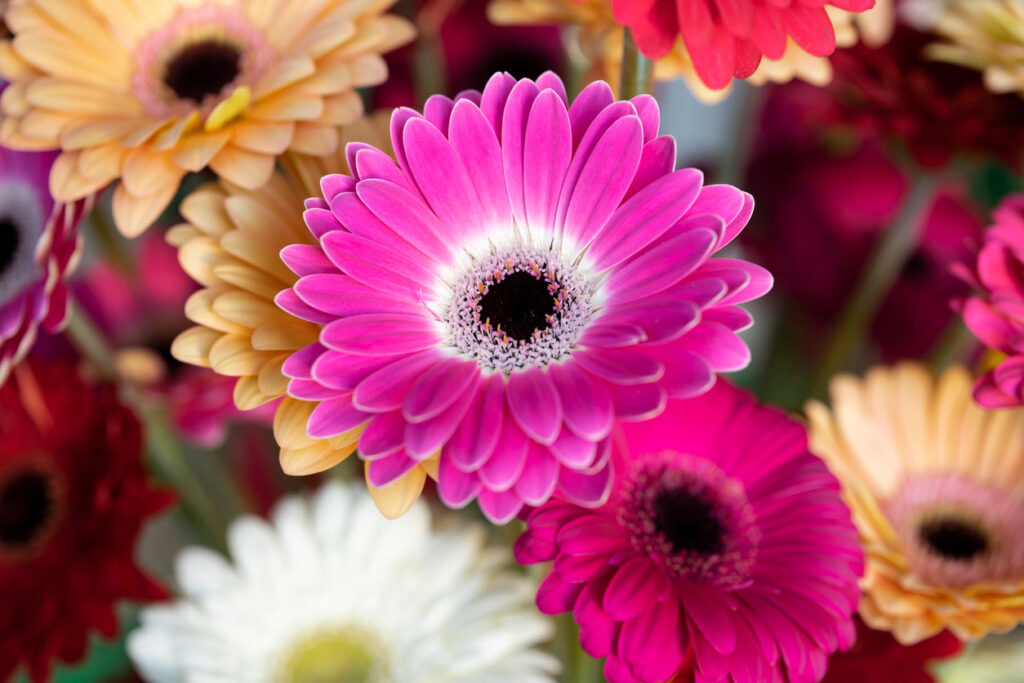
8. Parlor Palm
Looking for a beautiful corner piece to hide all those pet toys? This slow-growing palm might just do the trick! The parlor palm can grow to four feet tall (or more with extra care), and its flowing fronds add a modest tropical feel to your indoor space. Ultimately, the Parlor Palm tops the list of indoor trees safe for cats and dogs.
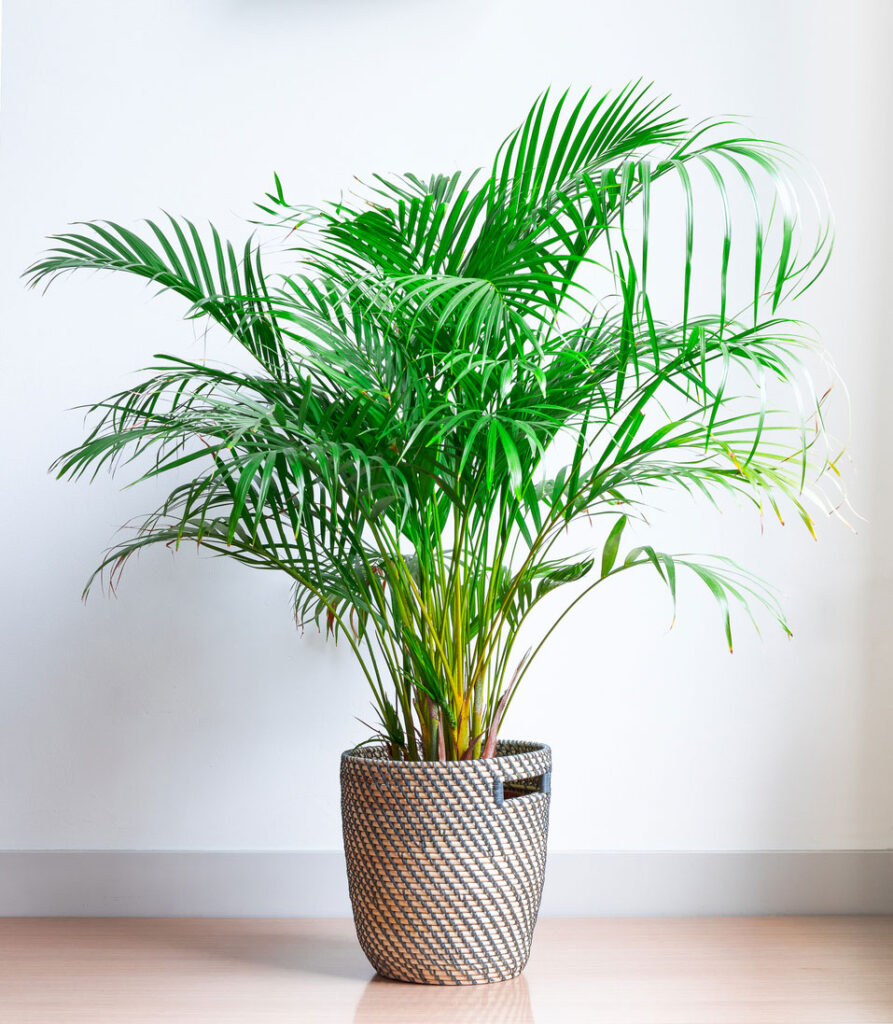
9. Phalaenopsis Orchid
When it comes to dog and cat-safe houseplants, the Phalaenopsis Orchid is one of the longest blooming. Sitting atop a tall stem, these pet-friendly plants’ flowers dazzle for two to six months at a time. The American Orchid Society says this low-light plant matures best with infrequent watering and when positioned in an east-facing window. If your kitty is willing to share the windowsill, an orchid is a good choice.
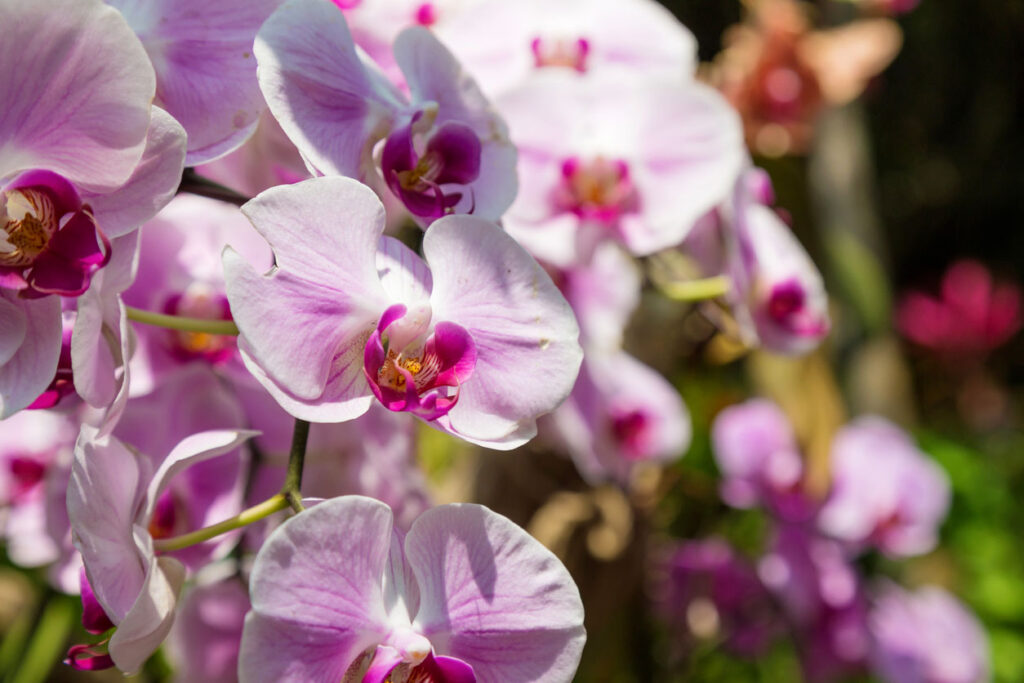
10. Spider Plant
Despite its creepy-crawly namesake, this easy-to-grow indoor plant sprouts long, striking leaves with bursts of tiny flowers. As a bonus, its leaves dangle beautifully when hung up if you’re looking for hanging plants safe for cats and dogs.
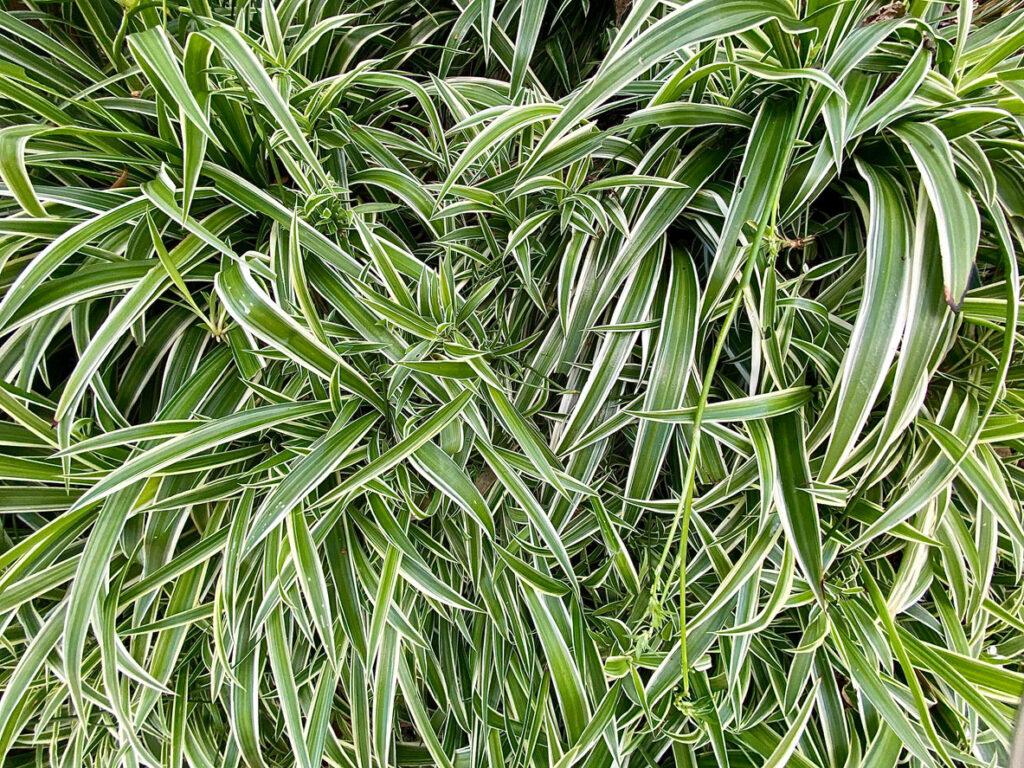
Some Spice Could Be Nice
According to the American Kennel Club, many foods that are generally healthy for people, including fruits and vegetables, can wreak havoc on a dog’s body. That’s why some pet owners stick to a “no table food” policy and strictly offer made-for-pet food and treats.
On the other hand (or paw), there are plenty of everyday foods people eat that you can incorporate into your pet’s diet to provide health benefits such as joint strength, better breath, and allergy immunity.
In fact, some veterinarians use a holistic approach that includes herbal treatments. But as with other plants, not all herbs are safe for cat and dog lovers.
If you plan to cultivate your own herbs at home, opt for cilantro, sage, rosemary, and thyme, which are all non-toxic to cats and dogs. Avoid parsley, garlic, mint, and oregano, as these can cause complications for fluffy friends.
Tips to Cultivate Pet-Safe Gardening
If you have a green thumb, you’ll want to curb potential hazards to achieve a pet-safe outdoor garden, especially if you have an inquisitive digger. Here are some pet-friendly tips for outdoor plant spaces.
- Compost: Kudos on reducing your carbon footprint via composting! However, this green effort comes with red flags for pet owners. Some composting scraps, as well as molds that form during decomposition, may be harmful if ingested by hungry hounds. Keep compost piles inaccessible to pets to eliminate risk.
- Fertilizers and insecticides: Ever notice those little warning signs to stay off the grass after a lawn treatment? Some fertilizers and insecticides can cause illness, including cancer, in four-legged friends. So opt for natural, organic lawn foods when possible.
- Mulch: Certain landscaping products, like cocoa bean shells used in mulch, contain a potentially lethal ingredient. Opt for less-toxic alternatives for garden beds, like shredded pine bark, as recommended by ASPCA.
- Poisonous plants: As you know, select floras and foliage cause digestive upsets and other ailments in animals. Be careful to only include non-toxic plants in pet-accessible gardens. Also, be mindful of fruit-bearing trees that may risk choking or intestinal blockages from pits.
- Shade: Like their human companions, cats and dogs can experience heatstroke. To protect pets from overheating, consider planting pet-friendly trees that offer ample coverage.
- Tools storage: Properly stow garage tools—such as pruning shears, rakes, shovels, and trowels—to avoid accidental injury to curious cats and canines.
Plants are often referred to by more than one name (e.g., the African Violet is also called Saintpaulia), so be diligent when researching the best plants for cats and dogs. The ASPCA also provides a complete printable list of toxic and non-toxic plants for cats and dogs.
If you suspect that your pet has ingested a harmful ingredient, call the ASPCA Animal Poison Control Center at (888) 426-4435, and contact your veterinarian.
